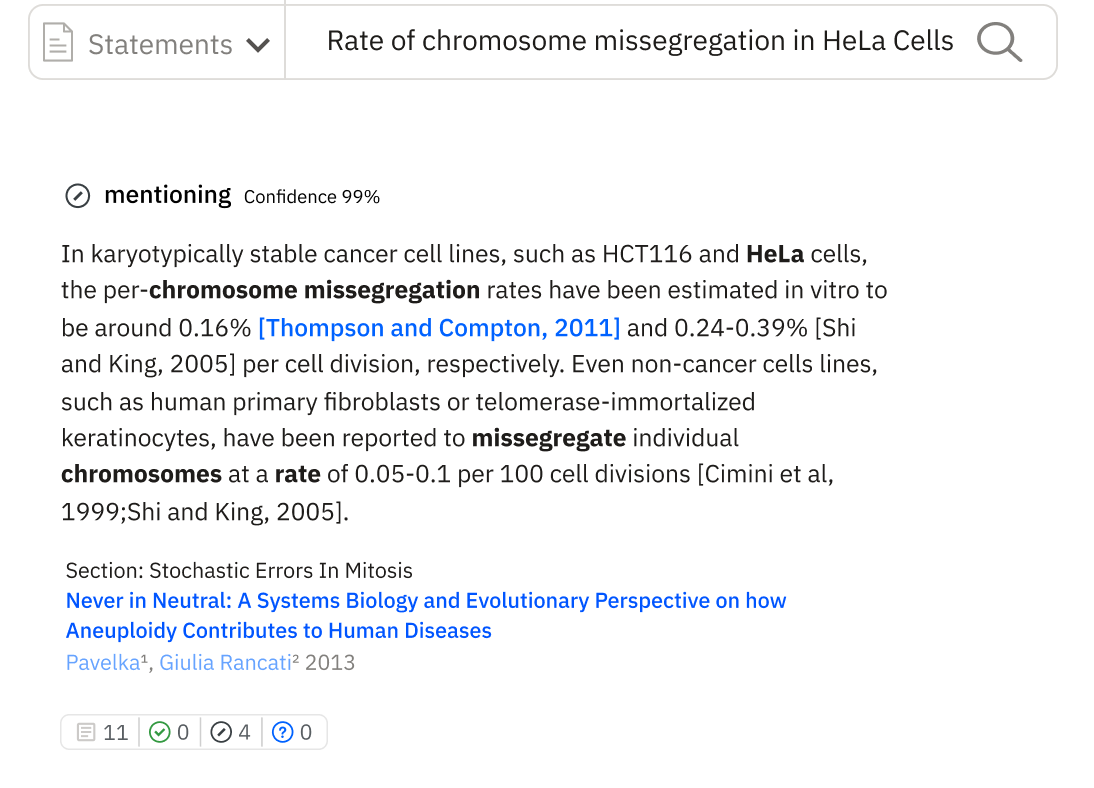

This trend is changing, however, with open access publications becoming the standard ( 5) and organizations such as the Initiative for Open Citations ( 6) helping to make citations open. Such stagnation might be due partly to the fact that citations and publications are largely behind paywalls, thus creating a citation index, let alone to introducing innovations in citations or citation indices, is exceedingly difficult and can be prohibitively expensive. Despite the widespread use of bibliometrics, there has been few improvements in citations and citation indices themselves. From these fields have come a variety of citation-based metrics like the H-index, a measurement of researcher impact ( 2), the Journal Impact Factor (JIF), a measurement of journal impact ( 3, 4), and the citation count, a measurement of article impact. Citation indices have also led to the establishment of new research fields such as bibliometrics, scientometrics, and quantitative studies, which have been informative in better understanding science as an enterprise.

Citation indices have facilitated the discovery and evaluation of scientific findings across all fields of research. The first citation index in science, created in 1960 by Eugene Garfield and the Institute for Scientific Information, aimed to “be a spur to many new scientific discoveries in the service of mankind” ( 1). Here we describe how scite works and how it can be used to further research and research evaluation.Ĭitations are a critical component of scientific publishing, linking research findings across time. Scite has been developed by analyzing over 23 million full-text scientific articles and currently has a database of more than 800 million classified citation statements. Scite shows how a citation was used by displaying the surrounding textual context from the citing paper, and a classification from our deep learning model that indicates whether the statement provides supporting or disputing evidence for a referenced work, or simply mentions it. To solve this problem, we have used machine learning and other techniques to develop a “smart citation index” called scite, which categorizes citations based on context. The usage of citations in research evaluation without due consideration to context can be problematic, if only because a citation that disputes a paper is treated the same as a citation that supports it. Citation indices help measure the interconnections between scientific papers but fall short because they only display paper titles, authors, and the date of publications, and fail to communicate contextual information about why a citation was made. Citation indices are tools used by the academic community for research and research evaluation which aggregate scientific literature output and measure scientific impact by collating citation counts.


 0 kommentar(er)
0 kommentar(er)
